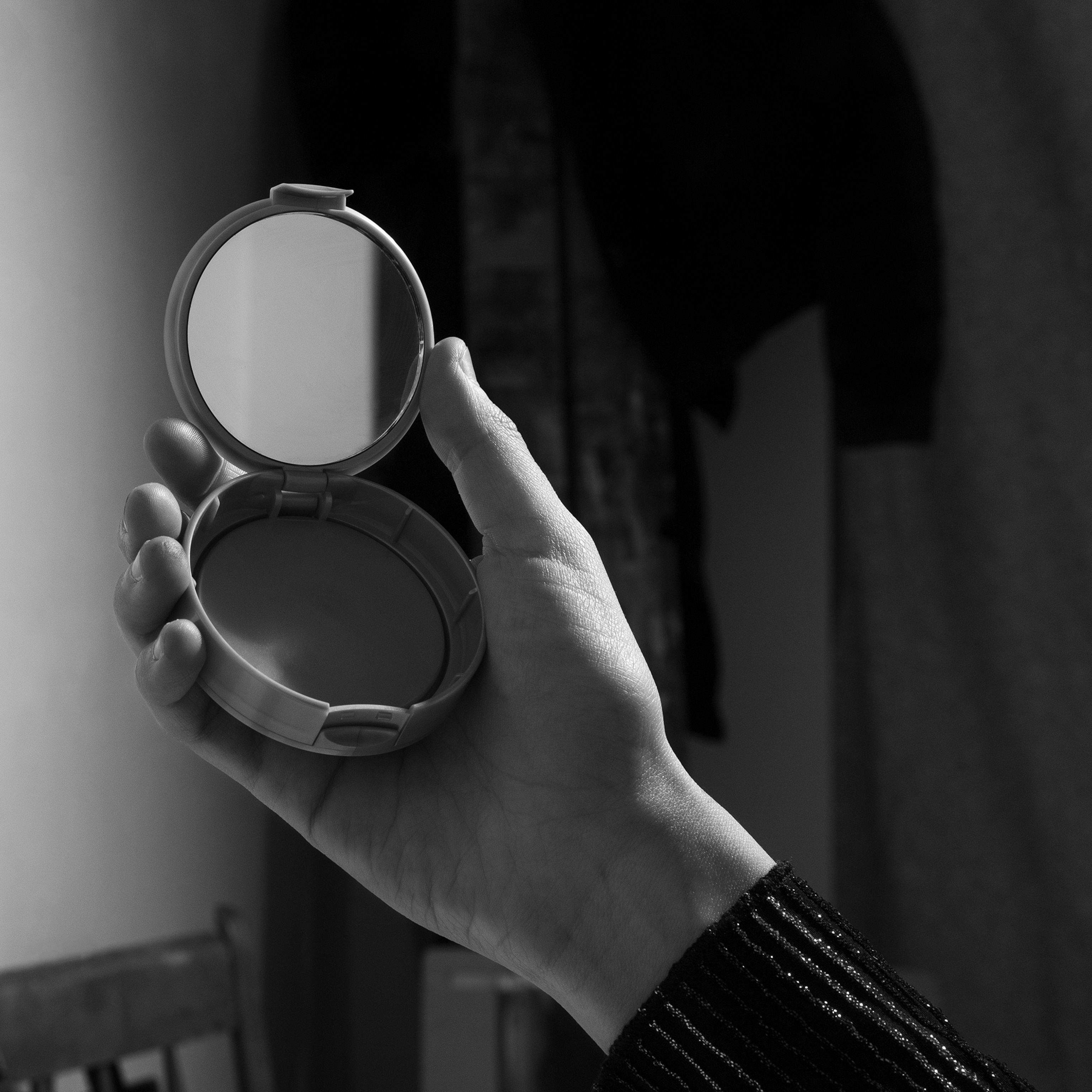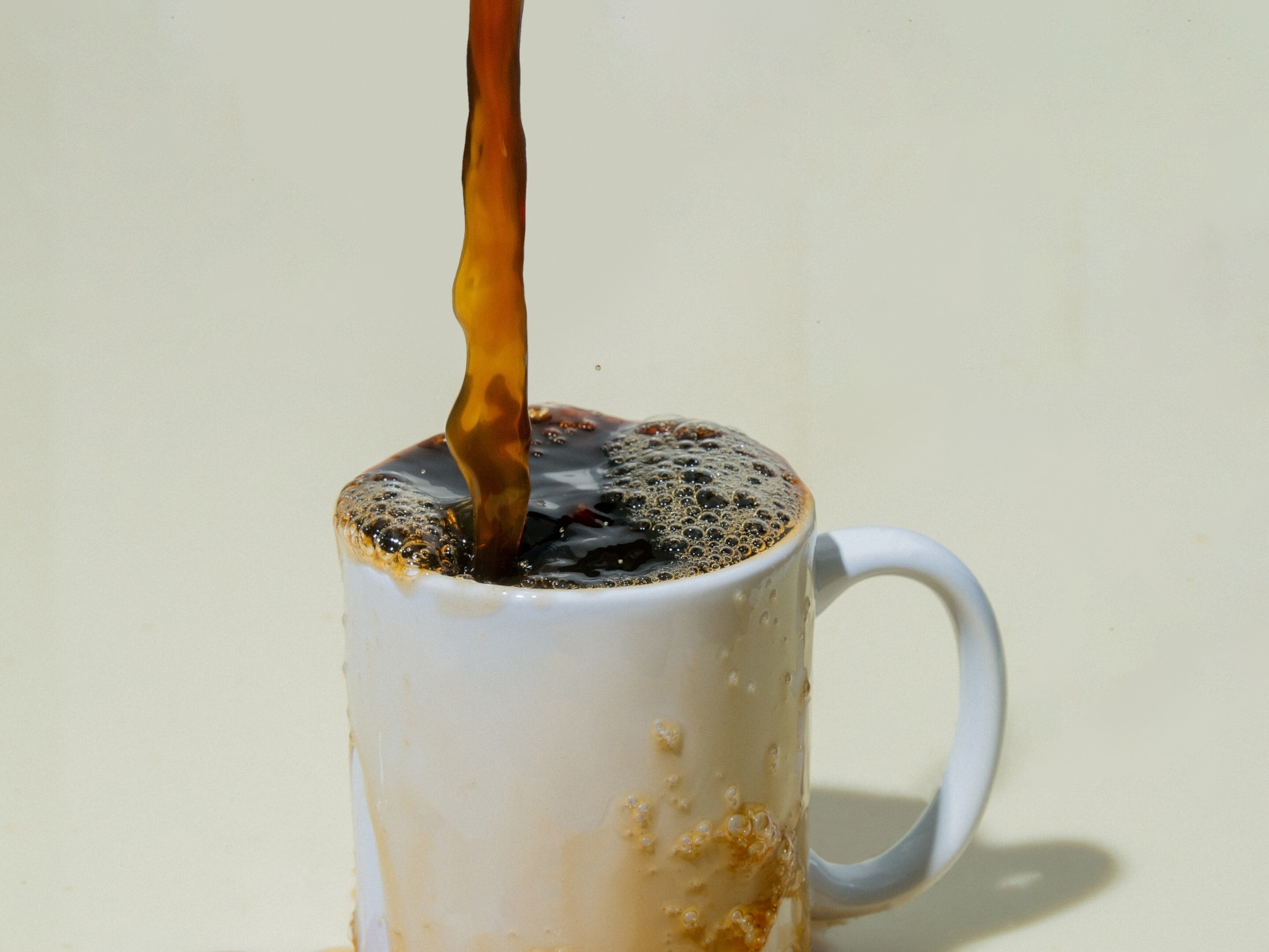
‘Girl dinner’ broke the internet. Here’s what nutritionists think about it.
What forms the line between a beneficial meal and a disordered one? Experts weigh in on what your ‘girl dinner’ should include.
Picture this: You’re home alone, and it’s nearing dinnertime. You grab a box of crackers from the cabinets, some olives, baby carrots, and leftover falafel from the fridge.
You could take your masterpiece to the table, but why bother? There’s something satisfyingly deviant about eating it right off the kitchen counter with your fingers. All told, the meal takes five minutes, one plate, no utensils. You, my friend, have just made yourself a “girl dinner.”
What once may have been a sheepish, solitary tradition has recently attained viral internet status thanks to Olivia Maher, a TV showrunner's assistant who first christened the phenomenon in a TikTok posted in May.
A sort of choose-your-own adventure tasting platter, girl dinner can include anything—and often includes everything—from apple sauce and salami to Cheetos and guacamole. The trend has since amassed nearly one billion views on TikTok, where users have started sharing their own smorgasbord creations and absurdist parodies.
Social media hype aside, might the girl dinner girls, and their fellow partakers, be onto something? Food experts weigh in on the potential merits and pitfalls of this low-effort, snack-forward meal—and what it reveals about our relationship to food and each other.
Are there dietary benefits to ‘girl dinner’?
For many, like nutritionist Alissa Rumsey, there’s something deeply familiar about the concept of girl dinner.
“My first thought was, like, ‘Why is this called a girl dinner?’” she says. “I call it a ‘snack plate meal’ because it's something I do a lot. It's something I talk about with a lot of my clients. I think it can be a really great option.”
As Rumsey suggests, there are some potential benefits of this kind of meal. For one, slightly smaller portions before bedtime could be a good thing.
“It's really nutritionally better to eat the larger meal in the middle of the day and a lighter meal at night,” says Kima Cargill, a psychology professor who focuses on food and nutrition at the University of Washington, Tacoma. She points to places like Spain and Germany, where it’s common to get the majority of the day’s calories at lunch.
“A lot of cultures will just eat, like leftovers or cold cuts, or soup and bread or something for dinner,” she says. “Which from a digestion standpoint, is a lot better.”
Rumsey agrees that eating a heavy meal immediately before climbing into bed might exacerbate acid reflux or make it harder to fall asleep. But, she adds, when it comes to meal size and timing, there’s no one-size-fits-all answer and can vary widely from person to person and one day to the next.
The liberation (and anxiety) of eating whatever we want
Girl dinner offers an alternative to traditional labor-intensive meals, Rumsey says. The concept normalizes “that we can eat a variety of foods, we can eat pre-cooked foods, we can eat convenience foods.”
And unlike more prescriptive food and dietary fads, girl dinner may actually promote healthier eating habits by encouraging people to listen to and follow their cravings. A growing number of studies show strong correlations between intuitive eating and physical and mental health.
“I get to do what I want in this moment. And I don't have to be thinking about my family or anybody else,” Rumsey says. Women often assume caretaking roles in a household, on top of all their other daily life responsibilities. Girl dinner can be a celebration of freedom, if only for one meal, from that domestic labor, Rumsey adds.
It’s important to note that “for a lot of people, food tends to be one of the things we can control in our lives,” Rumsey says. People often fixate on food to cope with anxiety during times of uncertainty—say, a global pandemic—which can quickly spiral into unhealthy dieting, she warns.
The trend has also raised eyebrows for what some argue is an endorsement of low-calorie snacks in small, sometimes insubstantial portions. While some spreads feature everything from pizza rolls to hearty soups, others include little more than some strawberries and a hard boiled egg.
“My biggest concern with this is that many of these ‘girl dinners’ that we see on social media are not enough food, which can both promote and normalize disordered eating and under-eating,” Rumsey says.
Her advice: avoid and unfollow any content creators that make you feel guilt or shame. Even if a video isn’t explicitly about weight loss, it’s hard not to see a person’s daily food intake as guidelines on how to look like them. But what works for them may not work for you.
How to build a healthy ‘girl dinner’
Overall, a healthy meal should include a mixture of carbohydrates, fat, and protein, nutritionists agree.
“Crackers, cheese, and a couple of carrots? Nothing wrong with that,” says Marion Nestle, emerita professor of nutrition, food studies, and public health at New York University. “If the snack foods are a mixture of real foods—which means not hugely processed, not junk food—and balanced calories and have some plants in them, then they’re a meal.”
Rumsey would also reach for the cheese to pair with crackers or a baguette, some raw vegetables to dip in hummus or tzatziki, and an apple or other fresh fruit. Cured meats, nuts and seeds, or dried chickpeas can also provide a good, easy source of protein, she says.
Rumsey puts extra emphasis on the carbs, which she notes are missing from many of the girl dinners she’s seen trending on TikTok. From both an energy and satisfaction standpoint, she says, “you can, and actually should, have carbohydrates at every meal.”
And don’t skimp on portions. As a rule of thumb, she says, a healthy-sized meal should mostly fill a dinner plate.
Ultimately, Nestle emphasizes, dietary health is really a matter of building healthy eating habits over time, not within a single meal. In other words, there’s nothing wrong with indulging in the occasional dinner of potato chips, ice cream, and wine as long as it doesn’t become a nightly routine.








